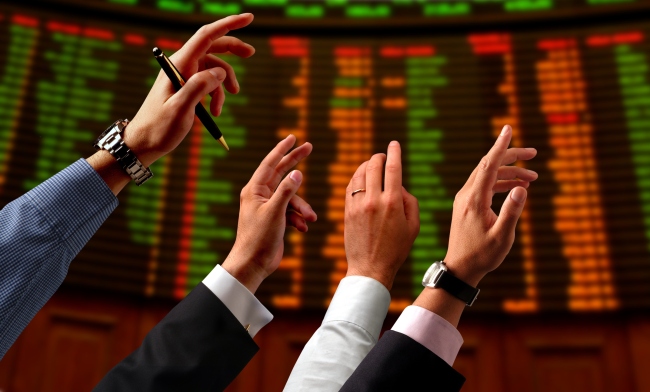An article discussing whether taxi companies are destroying consumer surplus (what consumers are willing to pay for a good and the market price).
Taxis have long been a mode of transport that have helped the relatively wealthy move from place to place. From back in the Victorian age with a growing middle class where taxis consisted of horse-drawn carts, to now in Oman where they are using Ferrari Enzo’s. With a further growing middle class in most countries the demand for taxis is likely to increase.
In the UK regulation on taxis is controlled by the council and to start-up a taxi company you need an operating license. You also need to comply by the laws of the local council, for example in London which is operated by the Transport For London (TFL) (who controls the ‘black cabs’ of London) makes licensed cab drivers take background checks, medical tests and they have to pass a “topographical skills assessment test”. All this regulation increases the cost not just to the cab driver but it is passed on to the consumer, in the form of higher fares.
The main reason they do this is safety. Unlicensed cab drivers commit 11 sexual assaults in London a month, and TFL with the use of posters such as the one below put off the use of unlicensed cab drivers for the general public.
I think this is a very valid point, and sexual assault should not be found in any society. However I do feel there maybe other solutions to the problem such as organizing deals with local cab drivers, booking the taxi before going out, the use of messaging the customer with the car and number plate and when it has arrived, cracking down on sex assaulting cab drivers and more information in public places allowing people to gain access to numbers that are reliable and safe.
If you think of why you would pick an unlicensed (or what you thought was licensed) driver over a black cabby it would be usually due to the price. Lots of people just have that in mind rather than the potential negative implications which could take place getting in an unlicensed cab. Therefore if the TFL wanted to reduce sexual assaults they should monitor the price the black cab drivers are charging, as more consumers would then pick them over unlicensed cabs.
Furthermore most taxis in local councils in the UK are also incredibly fuel-efficient with cars such as the Toyota Prius being a common sight on roads. Yet taxi prices have stayed the same or in some cases increased (potentially due to wage inflation). These high prices put off consumers, potentially reducing spending in the economy, creating the negative multiplier effect.
Another argument against the deregulation of taxis is that they maybe seen as a demerit good due to the increase in congestion (with more taxis on the road) and the more pollution given off. Both these negative externalities are used often promoting the regulation of taxis, however as mentioned in the previous paragraph cars such as the Toyota Prius are also highly environmentally friendly and give off very little pollution in the form of greenhouse gases. Therefore this may dismiss the pollution externality. Congestion due to more taxis on the road is highly valid but I do not think that should be an underlying factor at why the price of a taxi is so high.
In my local area, I asked to get a taxi 300m up a hill, the car was a Toyota Prius and the rate was £7.00. It wouldn’t even cost £1 to get up the hill in petrol and would take 3 minutes max. I understand there is a fixed cost pricing system of the wage of the driver, the training he has to go through and the initial investment of buying a car, but I do not feel that a sufficient reason to charge £6 for a 1 and a half-minute drive there and back. I then asked him ‘why it was so high?’, in which he responded with ‘it’s the meter mate, it starts off at £3.50’. The meter on a taxi is meant to prove how fair a taxi driver’s charge is, yet initially it isn’t fair.
This article is not against taxi drivers, who on average have a salary of around £23,000 after expenses working a 40 hour week according to easier.com, which is no investment banker’s salary but is still a large amount of money. This article is against the colluding taxi company owners and the local council for reducing the levels of competition and allowing them (a few individuals) to benefit out of the abnormal profit they receive. There needs to be change to allow for an increase in consumer surplus and also to help benefit the actual taxi drivers who see little of the abnormal profit obtained.






